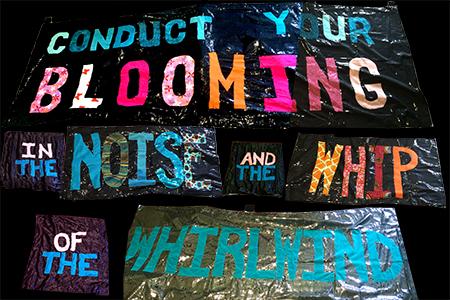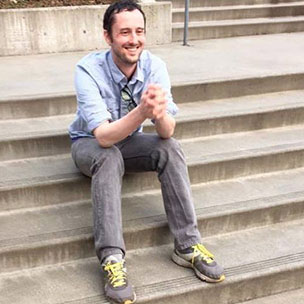Alumna Maura McHugh @ Center for Contemporary Art Santa Fe
Cryin’ Out Loud
April 21 – July 9, 2017 // Muñoz Waxman Gallery
Cryin’ Out Loud is a juried exhibition that examines the role of women’s and femmes’ voices as expressed in art about politics, activism, and emotion. Considering both the metaphoric and literal voice, Cryin’ Out Loud explores and celebrates the use of art as a form of speaking up and out. A large group exhibition of works by selected artists will take place in CCA’s Muñoz Waxman Gallery.
Juror’s Statement:
Cryin’ Out Loud takes each word of this maxim seriously – Crying. Out. Loud. – and navigates the various implications of the phrase, wheter exasperated and fed up (“Oh, for crying out loud!”) or literal, as one who does not hide her desperation or emotion while she is actually “crying out loud”. Similarly, “living out loud” has associations with survivors of abuse, with activism in the LGBTQ community, and with anyone refusing to “be quiet” about issues of oppression, identity and authorship. It is time to speak loudly with our voices and our art; with our intellect and our emotion; with our politics and our personhood.
Throughout history women’s voices, perspectives, and innovations have been undermined by those in power. In order to have their voices heard or published, many women artists and writers have adopted gender neutral or male pseudonyms. Women have fought for their right to vote, are still fighting for wage-equity, and to have equal representation in congress. Speaking and acting out is complicated for women and femmes because of common double standards like the label “hysterical,” for simply speaking her mind. Women have learned to work within these oppressive structures often at the expense of their rights and humanity, and frankly, we are ready for change.
Cryin’ Out Loud proposes that to unabashedly express emotion is a political act. To live out loud is a necessary political gesture and that women’s experience needs to be seen, heard, and cherished. The exhibition will consist of work in all media that embraces emotion as statement; that broadcasts social and political concerns, and that reacts to and resists the structures that continue to oppress us.
About the Juror:
Micol Hebron is an interdisciplinary artist whose practice includes studio work, curating, writing, social media, crowd-sourcing, teaching, and public speaking. Hebron is an Associate Professor of Art at Chapman University; the founder/director of The Situation Room, a resource space for the creative community (in Eagle Rock, CA); the Femmes International Video Art Festival; the Gallery Tally Poster Project about gender equity in contemporary galleries; and the Digital Pasty/ Gender Equity initiative for the internet. In 2016 she was awarded the SPArt grant for Social Practice Art in Los Angeles. Previously, Hebron has been the Chief Curator at the Utah Museum of Contemporary Art; the director of the UCLA Summer Art Institute; an editorial board member at X-Tra magazine; an independent curator; a conservator at LACMA, and the co-founder of Gallery B-12 in Hollywood in the 90s. She has served on advisory boards at Los Angeles Contemporary Exhibitions, Birch Creek Ranch Residency (Utah), Los Angeles County Museum of Art, and UCLA. She is the founder of the LA Art Girls and the Co-Founder of Fontbron Academy. She employs strategies of consciousness-raising, collaboration, generosity, play, and participation to support and further feminist dialogues in art and life.
Participating Artists:
Robin Adsit, Susan Arena, Susan Begy, Katina Bitsicas, Nikesha Breeze, Marcie Rose Brewer, Dorielle Caimi, Kimberly Callas, Momma Tried, Eliza Fernand, Vanessa Dion Fletcher, Cheri Gaulke, Melissa Friedman, Katya, Grokhovsky, Maureen Hawthorne, Nicola Heindl, Sarah Hewitt, Jessica Fairfax Hirst, Katie Hovencamp, Victoria Hoyt, Megan Jacobs, Kasey Jones, Casey Kauffmann, Courtney Kessel, Ellina Kevorkian, Dave Kube, Alison Kuo, Emily La Cour, Julia Barbosa Landois, Stephanie Lerma, Rebecca Leveille, Jasmine Little, Cecilia McKinnon, Maura McHugh, Melissa Potter and Maggie Puckett, Mary Anna Pomonis and Allison Stewart, Jenn Procacci, Rachel Rivera, Sarah Rockett, Celeia Rocha, Valerie Roybal, Sack (cara despain), Sallie Scheufler, Christy Schwathe, Rebekah Tarín, Kate Cassatt Tatsumi, Charlotte Thurman, Ingrid V. Wells, Quintan Ana Wikswo, Suzanne Wright, Victory Grrls, Alisa Yang
Press on the exhibition:
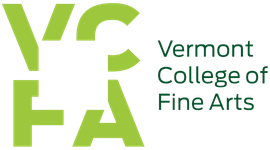
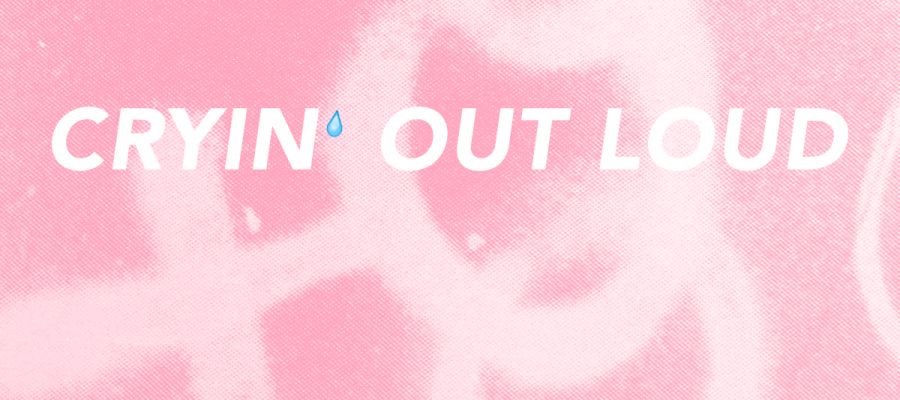
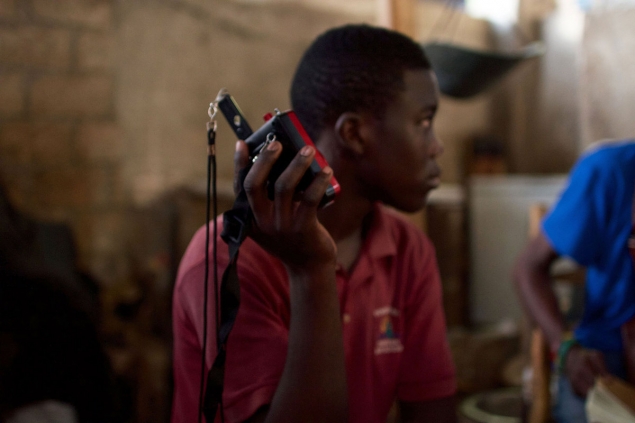
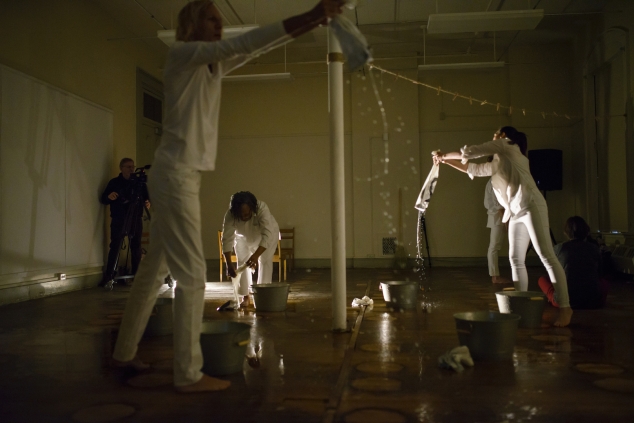
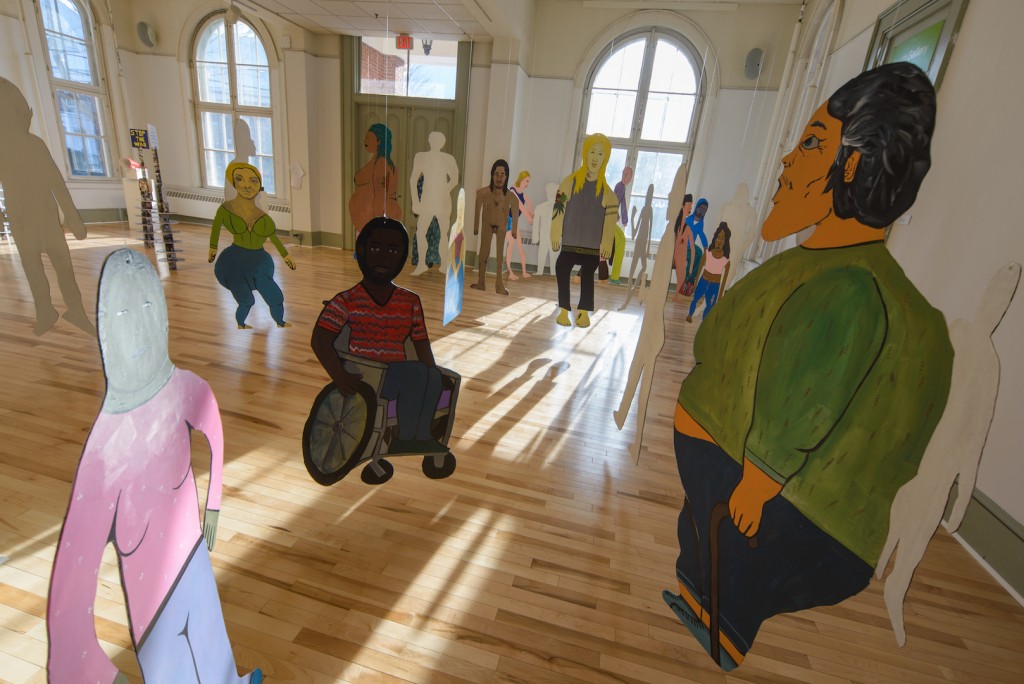
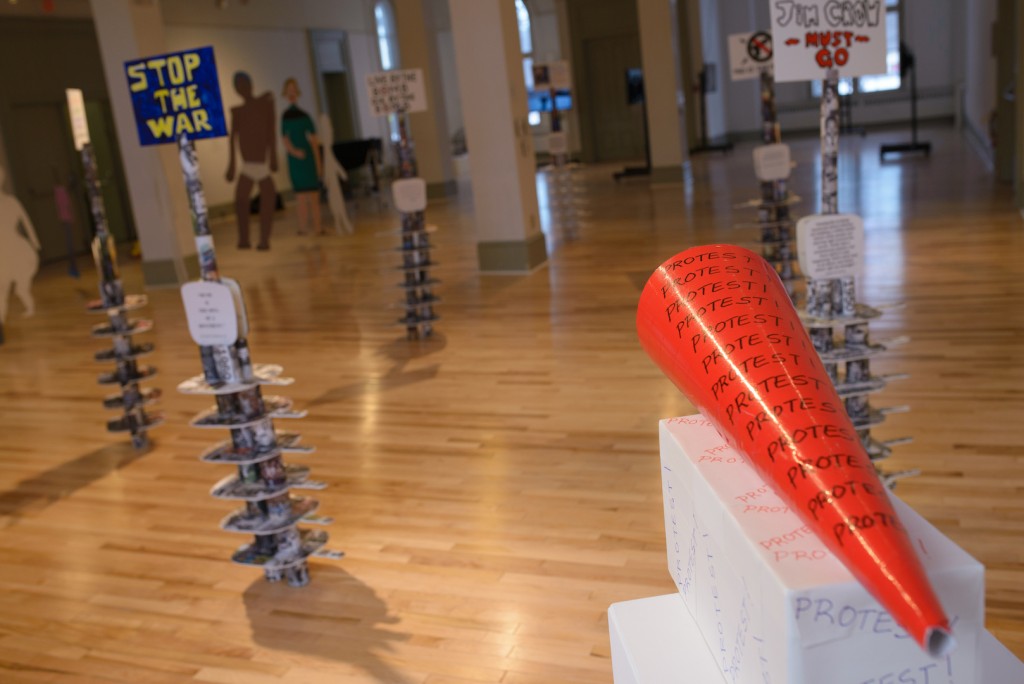
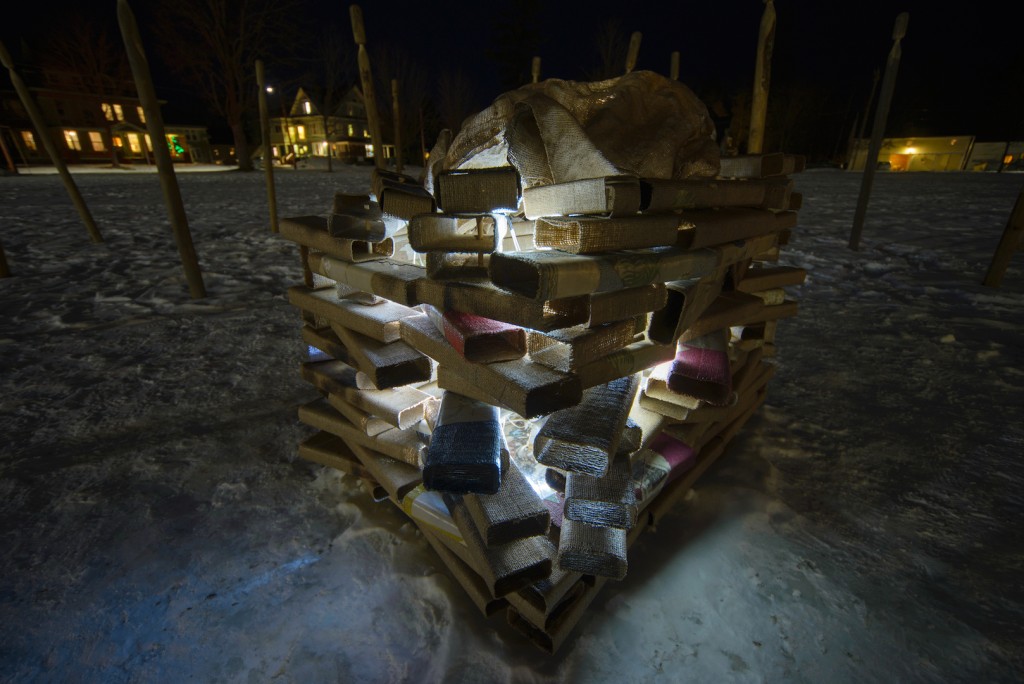
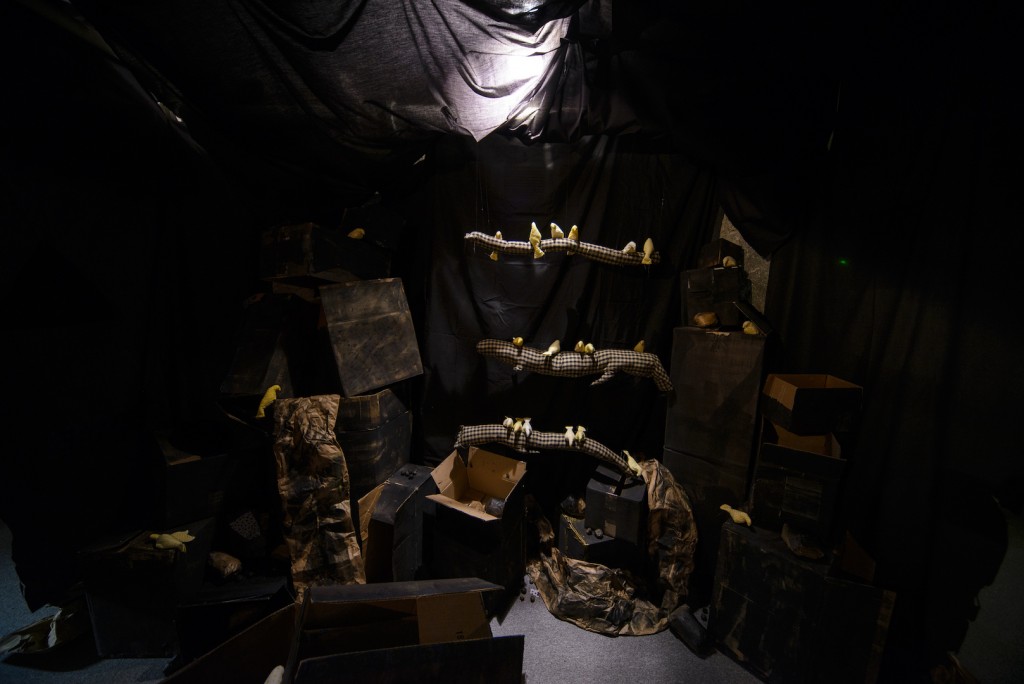
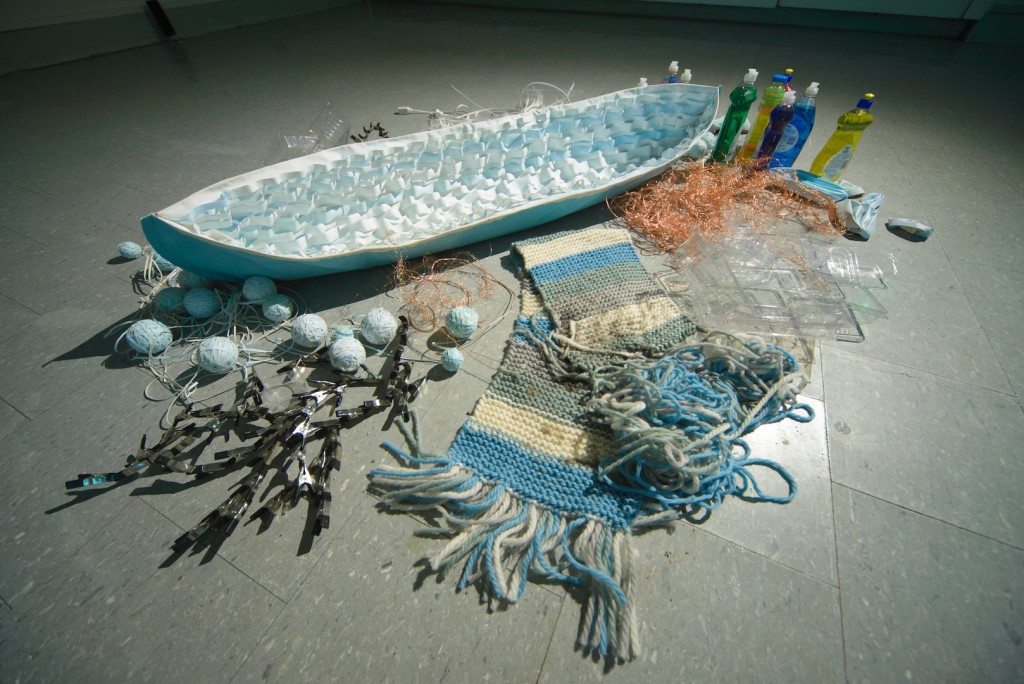
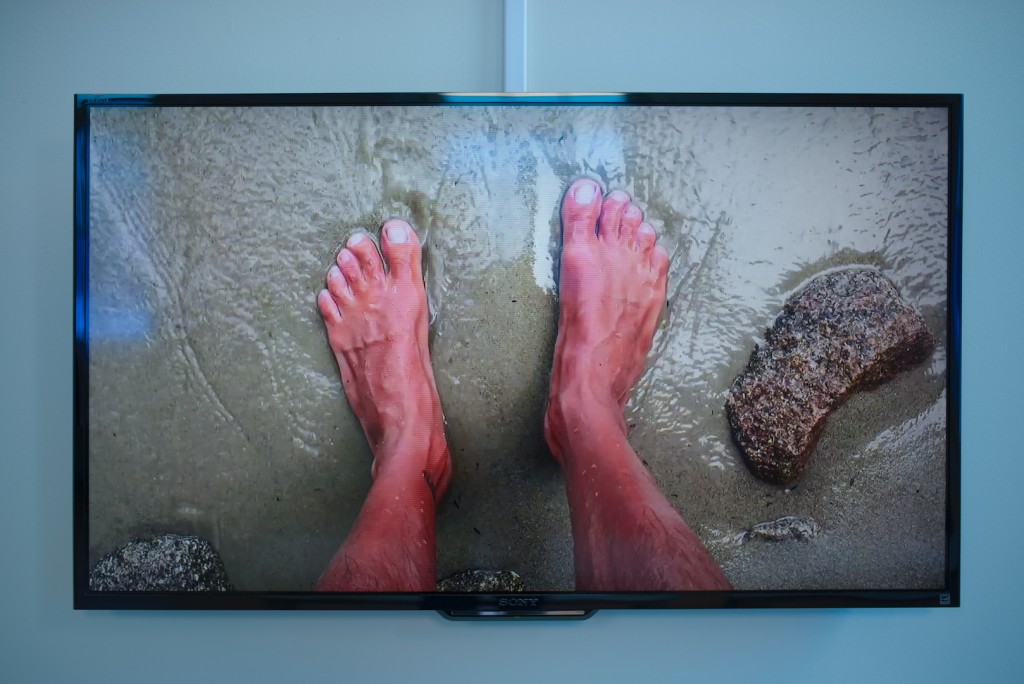
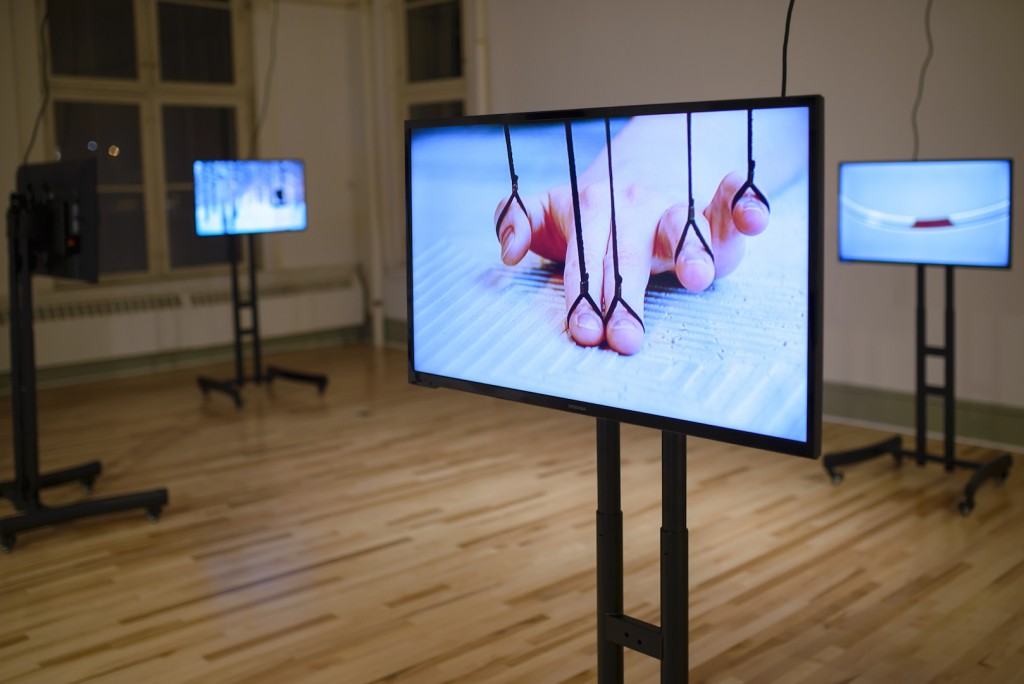
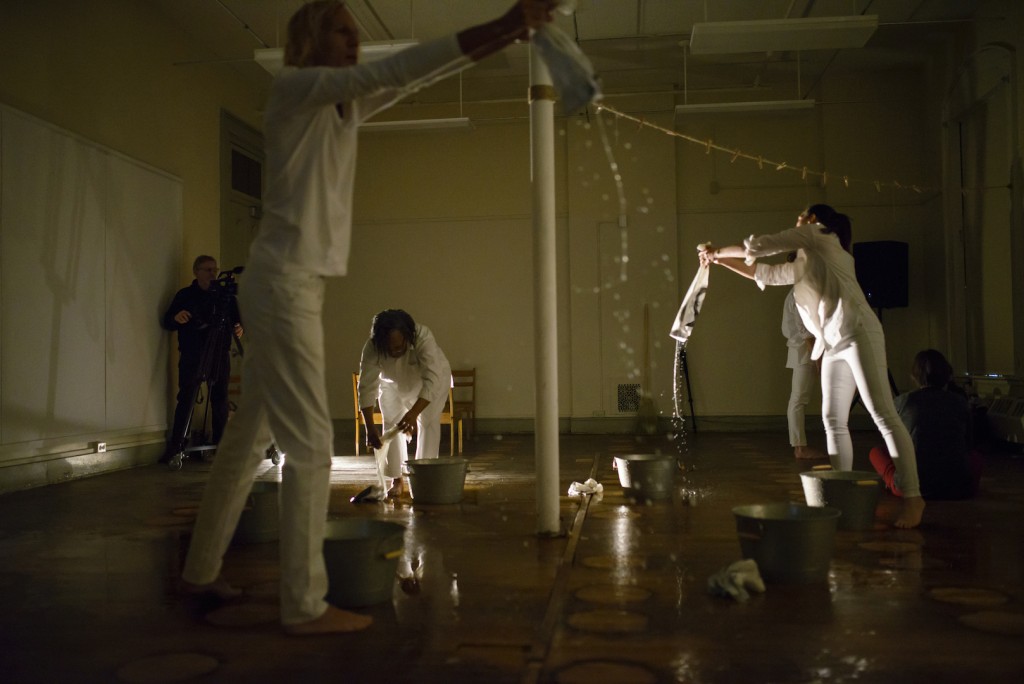
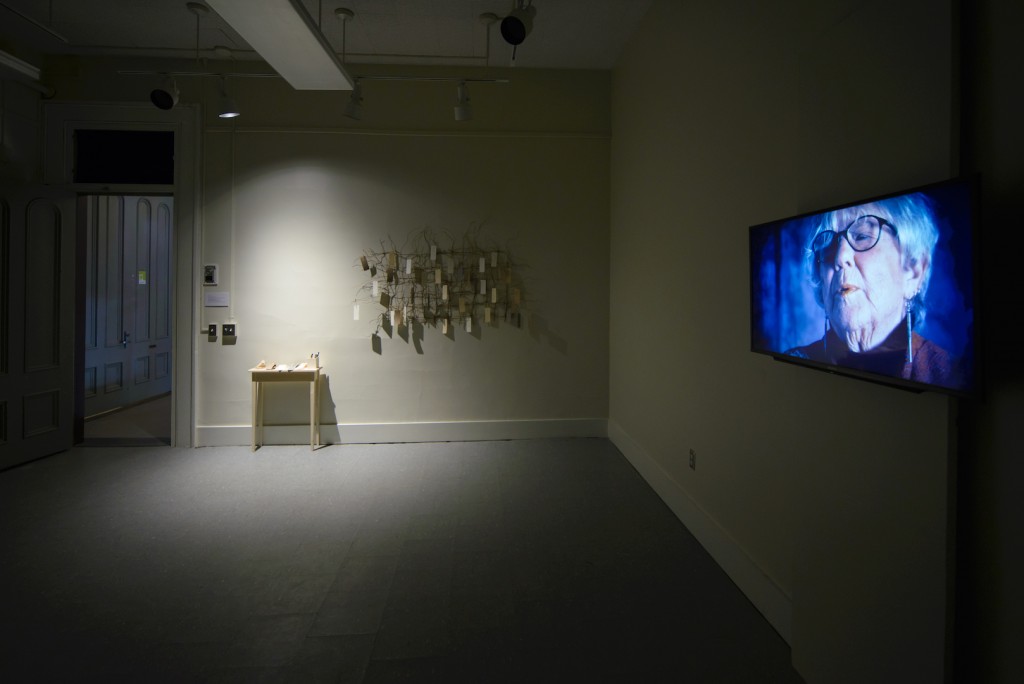
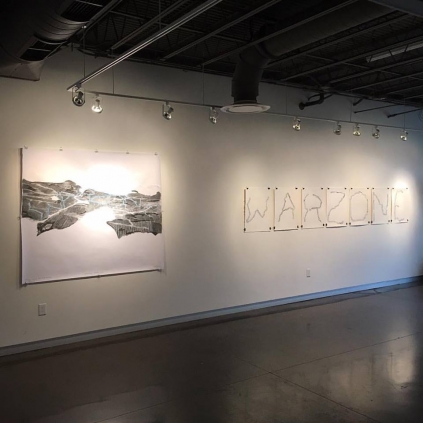
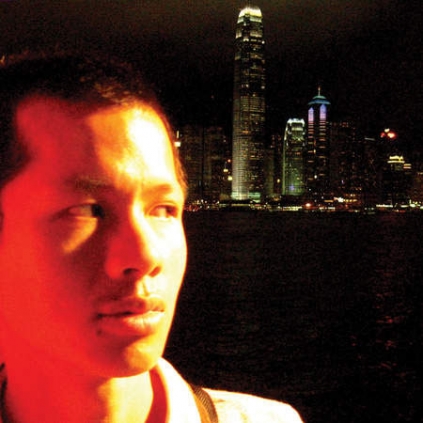
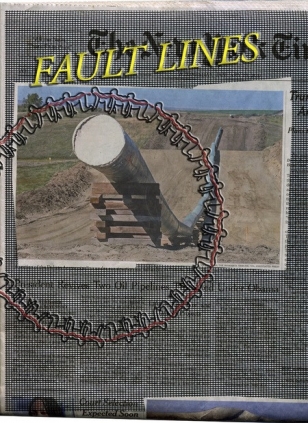
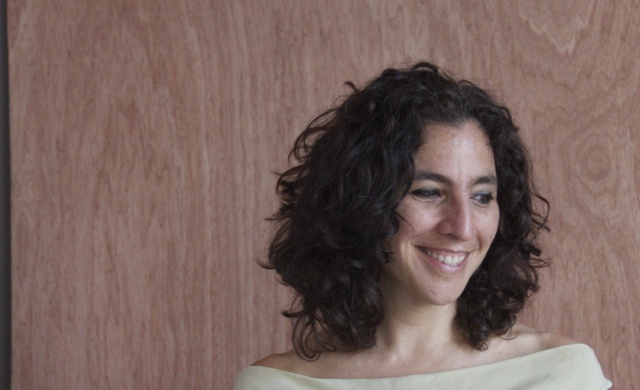

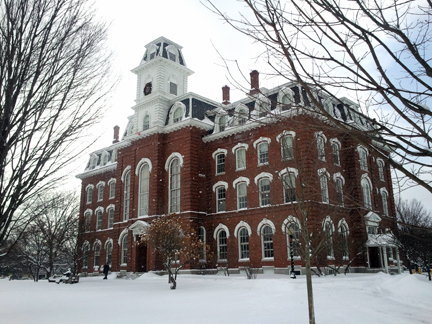
 Mildred Beltré, is a Brooklyn-based artist, mother, and popular educator working in print, drawing, and participatory politically engaged practice to explore facets of social change. She is interested in exploring political movements and their associated social relations and structures. Her most recent work involves looking at revolutionary theorizing and posturing through a feminist lens.
Mildred Beltré, is a Brooklyn-based artist, mother, and popular educator working in print, drawing, and participatory politically engaged practice to explore facets of social change. She is interested in exploring political movements and their associated social relations and structures. Her most recent work involves looking at revolutionary theorizing and posturing through a feminist lens. The Brooklyn Hi-Art! Machine is a socially-engaged project started in 2010 by artists Mildred Beltré and Oasa DuVerney. Dubbing ourselves the “Official Unofficial Artists in Residence” of our block, we set up tents, tables, and art supplies on the street outside our apartment building and invited anyone walking by to stop and make art with us. In this way we co-founded the Brooklyn Hi-Art! Machine (BHAM), a collaborative public art intervention that explores art-making as a community-building tool.
The Brooklyn Hi-Art! Machine is a socially-engaged project started in 2010 by artists Mildred Beltré and Oasa DuVerney. Dubbing ourselves the “Official Unofficial Artists in Residence” of our block, we set up tents, tables, and art supplies on the street outside our apartment building and invited anyone walking by to stop and make art with us. In this way we co-founded the Brooklyn Hi-Art! Machine (BHAM), a collaborative public art intervention that explores art-making as a community-building tool.